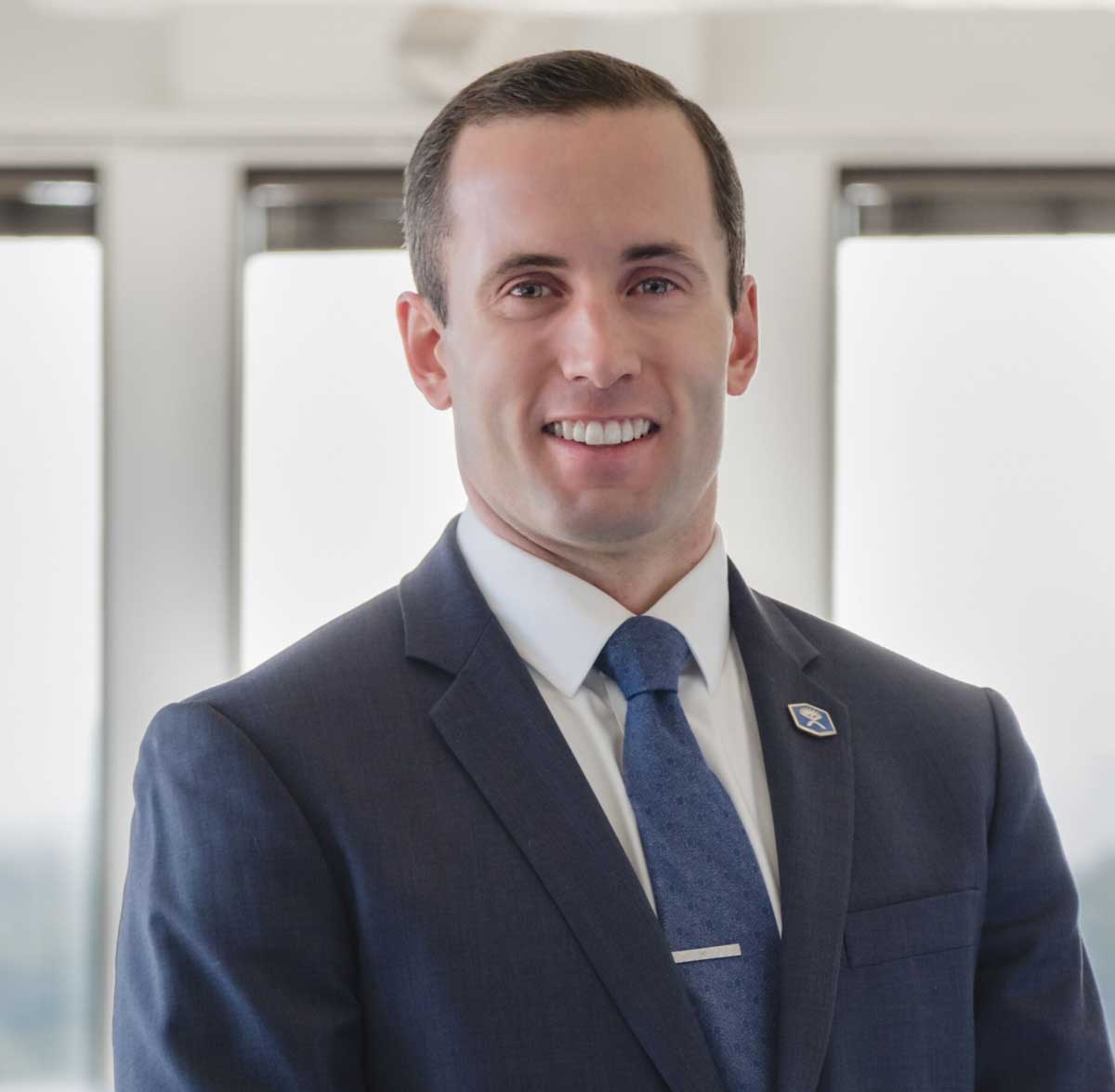Why Regular Exercise Is So Important
We know that exercise makes us healthier and more resilient. Exercise improves our fitness level, reduces our risk for many illnesses and diseases, and provides many psychological benefits. What is not often discussed is how exercise improves the efficiency and effectiveness of future medical care should we need it.

Our training history influences the effectiveness of future treatment
What do I mean by training history? I am referring to past exercise and physical activity. The fitness level of an individual influences their response to future exercise. Training history can have a large impact on the effectiveness of the exercises performed in physical therapy.
Training age – how long someone has been exercising – can impact the speed at which they learn new movements and tasks. If you grew up playing sports, new physical activities will come more naturally to you. This is not to say you are doomed to frustration in physical therapy if you preferred other after school activities, it simply means the recovery process will be different.
Our bodies also respond differently to exercise if we are physically active. We are able to recover from exercise more quickly and muscle soreness is less common and less severe. This allows people who are physically active to progress in treatment more quickly than people who are less active.
Your fitness level can even help fight COVID-19. A recent study shows an individual’s maximal exercise capacity – a measure of how hard they can physically work – is inversely related to hospitalization secondary to COVID-19. This essentially means that the more physically fit someone is, the more resilient and protective their body is. I am not saying someone who regularly exercises is immune to COVID-19 or hospitalizations, but the odds of experiencing severe complications greatly lowers. This study builds on the mounds of evidence that supports the benefits of cardiovascular fitness. Exercise does a lot more than help us look good in the mirror.
How much physical activity do people need?
Here are exercise frequency and intensity recommendations from some of the leading health organizations:
- American Heart Association: 150 minutes of moderate or 75 minutes of vigorous exercise per week.
- American College of Sports Medicine: 150 minutes of cardiovascular exercise plus 2–3 sessions of strength
- Centers for Disease Control: 150–300 minutes (5 hours) a week of moderate-intensity physical activity, or 75–150 minutes a week of vigorous-intensity aerobic physical activity, or an equivalent combination. Additional health benefits are gained by engaging in physical activity beyond the equivalent of 300 minutes of moderate-intensity physical activity a week.
There are many trained adaptations that occur with regular physical activity. Aside from the obvious athletic examples (bigger, stronger, faster) here are some benefits for daily activities.
- Improved endurance: Maintain activity for longer durations.
- Walking your dog
- Spending a day in the park with your family
- Going on hikes
- Improved strength: Perform rigorous activity.
- Complete challenging household and yard work
- Rearrange furniture after “seeing the light” during a Fixer Upper episode
- Standing up from a low surface or the floor
- Improved recovery: Tolerate greater amounts of stress and recover quicker
- Despite the excessive amounts of bribes needed to participate, you won’t be bed-ridden for two days after helping your friend move apartments
Beyond the physical fitness changes, exercise and activity can have a direct impact on your brain. Improved mood, improved retention of information, and improved energy and alertness all occur with regular exercise.

Designing an individual approach to exercise
A physical therapist is trained to understand the individuality of each patient. They can tailor treatment to the exact needs of any patient. Research has consistently shown exercise can reduce pain sensitivity and severity. One of the keys to exercise and starting to increase your activity level is to find something you enjoy.
Exercise adherence dramatically improves when we are motivated to complete it. As you find your activity is increasing, begin challenging yourself as benefits skyrocket with moderate and vigorous activity. There are many forms of exercise and many myths around it as well. Talk to your PT about your activity level and how you can implement activity outside the clinic to aid in your recovery.
ABOUT THE AUTHOR

Zach Walston (PT, DPT, OCS) grew up in Northern Virginia and earned his Bachelor of Science in Human Nutrition, Foods, and Exercise at Virginia Polytechnic Institute and State University. He then received his Doctorate of Physical Therapy from Emory University before graduating from the PT Solutions’ Orthopaedic Residency Program in 2015.
Zach has numerous research publications in peer-reviewed rehabilitation and medical journals. He has developed and taught weekend continuing education courses in the areas of plan of care development, exercise prescription, pain science, and nutrition. He has presented full education sessions at APTA NEXT conference and ACRM, PTAG, and FOTO annual conferences multiple platforms sessions and posters at CSM.
Zach is an active member of the Orthopedic and Research sections of the American Physical Therapy Association and the Physical Therapy Association of Georgia. He currently serves on the APTA Science and Practice Affairs Committee and the PTAG Barney Poole Leadership Academy.